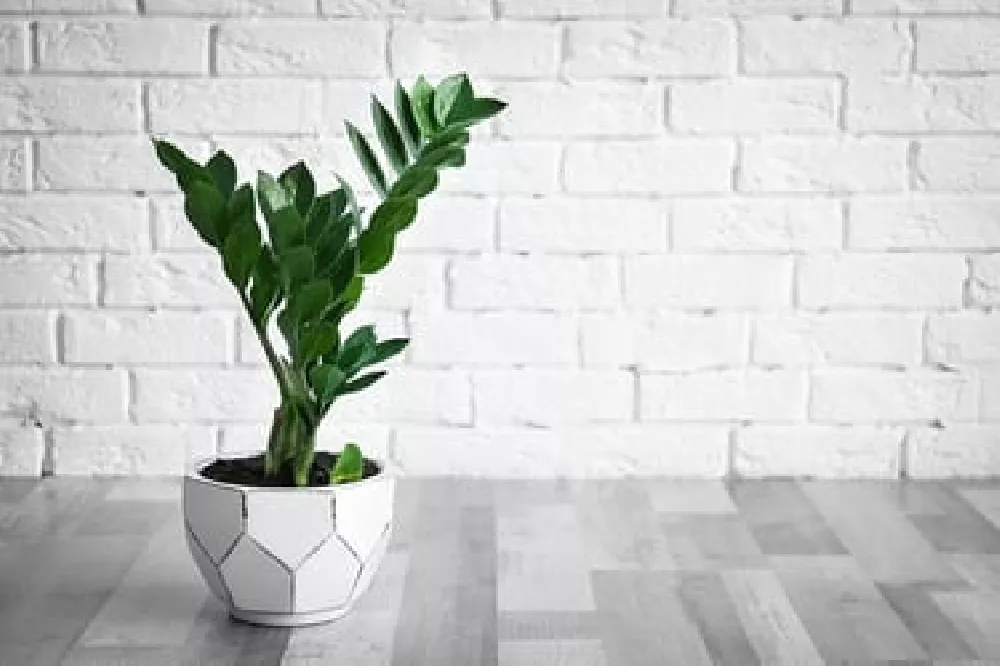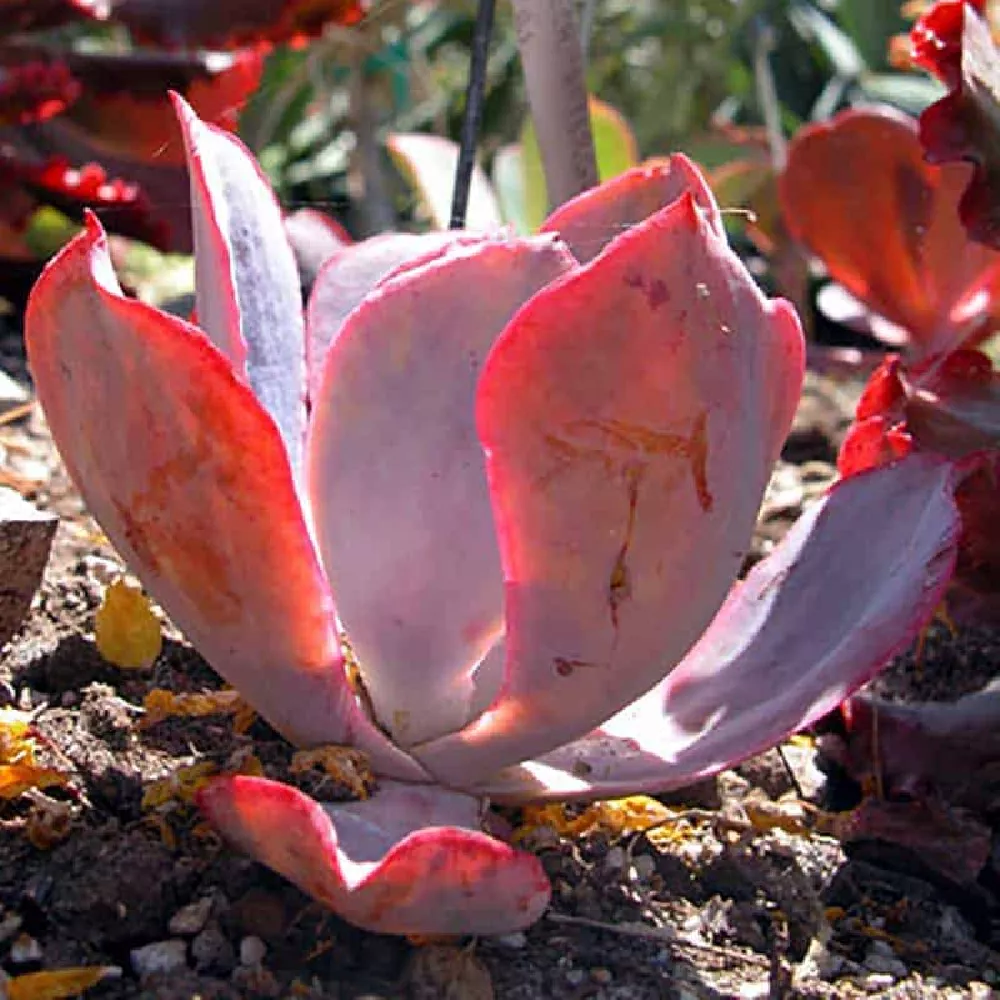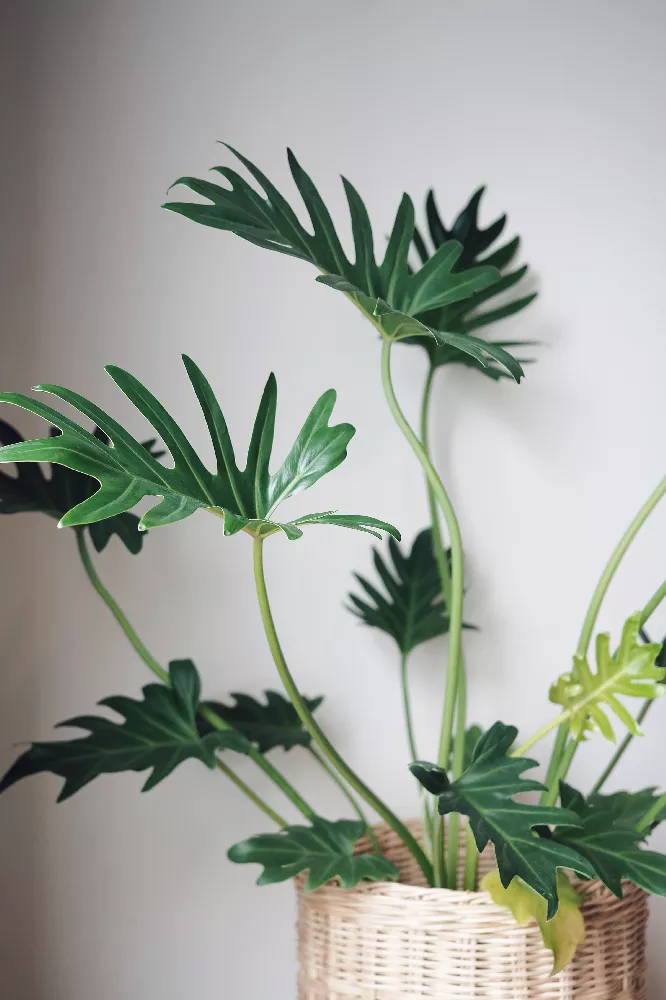- Home >
- Houseplants >
- Croton ‘Petra’ Plant
Croton 'Petra' Plant for Sale - Buying & Growing Guide
- Ships in 1-2 days
- 1-Year Warranty Eligible
- Pots or accessories are not included unless specified in the product options.
Shipping Details:
Once your order is shipped, you’ll receive an email with a tracking number and estimated delivery date. Most orders ship immediately, but some items are seasonal and may only ship in spring or fall. These products are noted on the website.
The Croton ‘Petra,’ or Codiaeum variegatum ‘Petra,’ is one of several varieties of this evergreen shrub that originated in southern Asia and the western Pacific islands. Noted for its shiny, vibrantly colored leaves, the Croton Petra favors hot, humid climates, and can now be found throughout the southeastern United States. This shrub is relatively low-maintenance once it acclimates to its surroundings. Other characteristics include its:
- Ability to grow indoors or outdoor
- Glossy leaves with vivid colors, including pink, red, yellow, orange, and bronze
- Air purifying properties
Plant Care
Sunlight

Croton 'Petra' likes indirect light. Direct sunlight may burn the leaves, so give it some shade during the afternoon.
Watering
Water your Croton plant whenever the soil dries out. Mist the leaves regularly.
Fertilizing

Fertilize your Croton 'Petra' during the growing season with a slow-release balanced formula, such as a 10-10-10 NPK product.
Planting and Care
Planting instructions
If you’re planting your Croton Petra outdoors, choose a spot with well-drained, humus-rich soil that will receive four to six hours of bright, unfiltered sunlight each day. The more sunlight your plant receives, the brighter its leaves will be, although it should be shaded from direct sunlight during the hottest part of summer days. If you’re raising a Croton Petra indoors, use a large, heavy-bottomed container with drainage holes. Layer gravel or pebbles at the bottom of the pot, and use a well-draining potting soil. Place the plant where it will receive four to six hours of sunlight.
Watering and nutrients
Croton Petra Plants should be watered regularly, but it’s okay to allow the soil to dry out between waterings. In terms of misting, you’ll need to mist their leaves with lukewarm water once per day because this plant favors humidity. Another option is to keep your plant in the bathroom where there’s regular steam from your shower or tub.
Outdoor Croton Petra Plants should be watered about once a week during the spring and summer months, and less frequently in the fall and winter. Fertilize your Croton Petra Plants with a slow-release formula in the spring and summer, and refrain from fertilizing in the fall and winter.
sunlight.
Pruning
Croton Petra Plants typically don’t need much in the way of grooming and maintenance. These plants should only be pruned to remove any unhealthy or infected areas, or to control their size and shape. When pruning your Croton Petra, use sharp, clean pruning shears or scissors. You can trim dead leaves or branches back to their origin, but if you’re just removing overgrowth, trim the leaves or branches back to the nearest node or leaf set.
Pests and diseases
Common pests that can harm Croton Petra Plants include fungus gnats, mealybugs, scales, mites, and shore flies. These pests are tiny, but make their presence known with yellow or white spots on your plant’s leaves. To get rid of them, wash leaves thoroughly with insecticidal soap. Croton Petras are also susceptible to bacterial diseases, such as crown gall and xanthomonas leaf spot, and fungal diseases like stem gall. It’s best to prevent xanthomonas leaf spot by using bactericide. To get rid of stem gall and crown call, prune all infected parts of the plant.
Temperature
In its natural habitat, this plant enjoys plenty of warmth. Kept as a houseplant, it has much the same requirements, which is why it will die suddenly when the temperature drops or it experiences cold drafts. The Croton Plant should ideally be in a year-round temperature of 70 degrees Fahrenheit. A few degrees lower than this is acceptable, though anything lower than 50 degrees Fahrenheit should be avoided. Higher temperatures will be tolerated just fine.
Humidity
The garden Croton Plant needs high humidity to thrive. If your plant is grown in a pot indoors, it would be a good idea to place the pot on a pebble tray with water. As the water evaporates, the humidity around the plant will be increased. Alternatively, you can spray the plant with a light water mist. This should be done frequently to keep the plant in its best condition.
Light
This plant requires bright light. When the sun isn’t too hot, then bright, direct light will be fine, but when the sun is particularly strong, then the light on the plant should be indirect. Strong rays of sunlight on the plant will result in burnt leaves, whereas not enough sun will cause the plant to struggle and the colorful leaves to fade or look bleached (University of Florida- Gardening Solutions).
A good amount of bright filtered or dappled light would be ideal for the plant. If it’s in a spot where it receives plentiful direct light, you may consider filtering the light with blinds or fabric. The plant is very sensitive to being moved and exhibits signs of stress when it is moved around, so experimenting with different areas to put the plant isn’t the best idea. Instead, try to adjust the light levels where the plant lives to work for the plant.
Repotting
As this plant grows quickly in the right conditions, you will find that the roots become pot-bound, and you will need to repot the plant to keep it healthy and allow it to continue growing. To repot your Croton, select a new pot just one or two inches bigger than the plant’s current pot. Fill the bottom of the pot with enough fresh soil that the base of the Croton will be near the top of the pot when it’s placed on top.
Take care to remove the Croton from its current pot, gently loosening the roots away from each other if they have become very heavily compacted together. Put the Croton into its new pot and fill around the sides with fresh potting soil, then water it. Repotting the plant should be done during mid to late spring to minimize the chance of the Croton having a bad reaction to it. Following repotting, you should reduce or entirely halt your fertilizer schedule, as the fresh soil in the new pot will have enough nutrients in it to support the plant’s growth for several months.
Propagation
Crotons can be propagated in several ways, though the most popular is by using stem cuttings. To do this, you will need to trim a stem from the mother plant with at least three sets of leaves on it. Dipping the cut end in powdered charcoal will help to reduce bleeding (Royal Horticultural Society).
It’s a good idea to perform propagation when the plant needs to be pruned so that you can make use of the pruned stems instead of throwing them away. Trim a few leaves that are closest to the base of your stem cutting, leaving a set of leaves at the top end of the stem. At this point, you can choose whether to propagate in water or soil.










